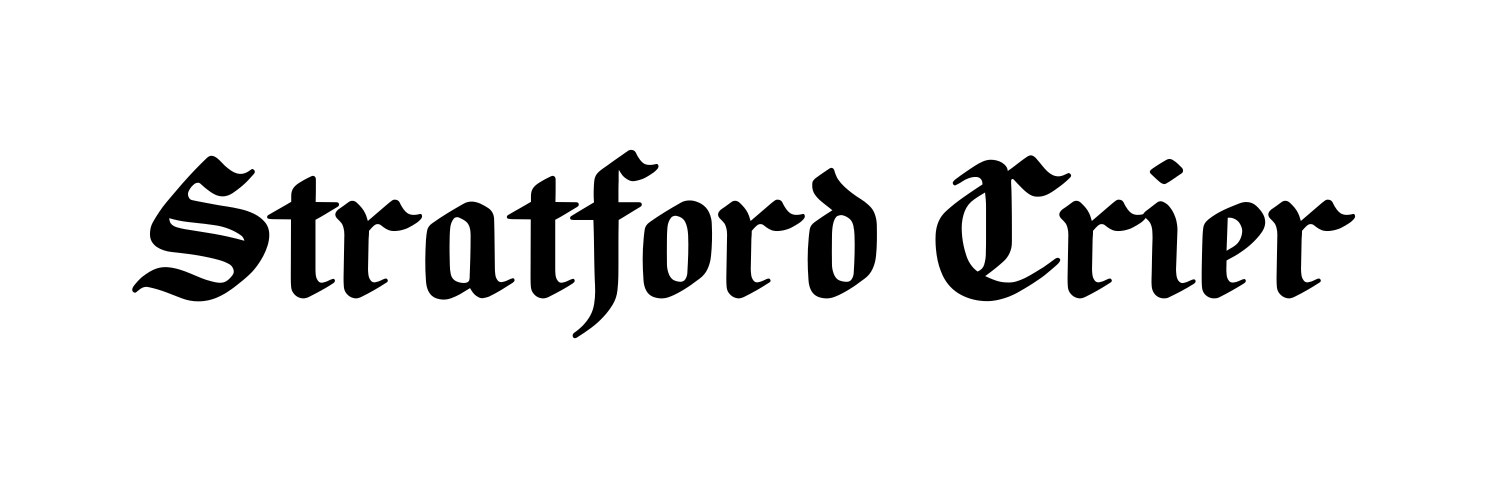Monthly Archives: January, 2021
Elections
Statement on the Statewide Property Tax Proposal
by State Senator Kevin Kelly
21st District
Connecticut Senate Republican Leader Kevin Kelly (R-Stratford), Senate Republican Leader Pro Tempore Paul Formica (R-East Lyme) and Senator...
Elections
Representative McGorty Asks for a Public Debate on Governor’s Emergency Powers
by State Rep. Ben McGorty
122nd District
“I sent the following letter to Democratic legislative leaders asking that the 10 members of the Public Health Emergency...
Events
Do School Systems Have Implied Biais?
Unequal Educational Disparities Feb 4th Discussion
by Stratford Citizens Addressing Racial Equity (CARE)
How can we come together to make Stratford stronger and healthier for all?...
Events
Stratford Food Banks
Drive-Thru Food Pantry
Holy Name of Jesus Church
1950 Barnum Avenue, Stratford CT
Tuesday, February 9, 3:00 – 4:00 PM
To encourage social distancing and help limit...
Letters to the Editor
Letter to the Editor: Correction
Editor’s Note:
In last week’s edition we inadvertently left out of Tom Dillon’s Thank You letter to Stratford residents that participated in the inaugural Shakespeare...
Events
“The Power of Diverse Voices: In Their Words”
New Signs Added to Anti-Racism Display
by Tom Holehan
Public Relations & Programming at the Stratford Library
The Stratford Library, 2203 Main Street in Stratford has extended...
Events
In Remembrance
Statement by President Biden on International Holocaust Remembrance Day
January 27, 2021
Today, we join together with people from nations around the world to commemorate International...
